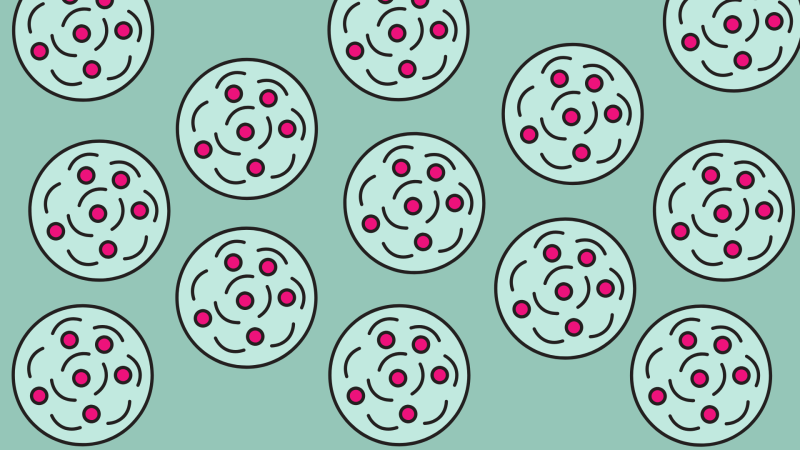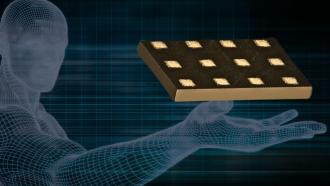
In most scientific experiments, noise, consisting of random fluctuations that interfere with the measurement one is trying to make, is often a source of nuisance and anguish. However, in some experiments, scientists actually set out to probe the pattern of noise and draw useful inferences from it. For example, in 1928, scientists used random voltage fluctuations in a conductor to measure its resistance to electric current. Spatial and temporal variations are common in physical systems, and accurately measuring them can help us better understand the internal structure and other characteristics of such systems.
In a recent study, researchers at the Raman Research Institute, Bengaluru, have used a technique known as spin noise spectroscopy to probe the atomic, magnetic and sub-atomic properties of rubidium vapour. The study, published in the journal Optics Express, demonstrates that spin noise spectroscopy is a practical, non-invasive technique to study the atomic properties of many physical systems. It performs better than hitherto used methods to study the atomic properties of an element in detail.
Spin noise spectroscopy is a technique to probe physical systems using random spin fluctuations of the electrons. Like other subatomic particles, electrons have a charge and a mass, and another fundamental property known as spin. Experiments have shown that electrons behave as if they are spinning about an axis similar to a spinning top. However, unlike the spinning top, the spin of an electron appears to be an intrinsic property, and not caused by anything physically rotating within it.
There are two types of electron spin—spin-up and spin-down, roughly corresponding to anti-clockwise and clockwise rotation. In any given material, on average, there are equal numbers of spin-up and spin-down electrons. However, there can be fluctuations in the spin properties, and a detailed map of such changes could tell us more about the intrinsic properties of the material.
In the current study, the researchers used a laser beam to probe a cell containing vapours of rubidium-87, an isotope of rubidium. Like all light, the laser beam consists of oscillating electric and magnetic fields. The researchers subjected the rubidium atoms to a uniform magnetic field perpendicular to the direction of the probe beam. They then analysed the transmitted laser beam to decipher the properties of the element.
When the applied magnetic field was low, the researchers obtained a noise spectrum, caused by random spin fluctuations of the electrons. They observed two distinct peaks at two different frequencies of the transmitted light, indicating spin fluctuations of two different substances in the sample. It was because the sample, which mostly contained rubidium-87, also had trace quantities of rubidium-85, another isotope of rubidium. Traditional spectroscopy, which differentiates two substances based on the wavelengths of light they absorb, would not have revealed the presence of rubidium-85, because there is not enough of it to produce an observable absorption line.
As the strength of the magnetic field is increased, the researchers observed that the peaks in the transmitted spin noise spectrum broadened. From this, they say that a precise measurement of the magnetic field could be established.
“Even at room temperature the spin noise signal is reasonably narrow in frequency, making it a useful tool for precise detection of the external magnetic field,” say the researchers.
At low temperatures, the precision is expected to be far better since cold atoms collide less often, producing fewer effects that interfere with the measurement.
The researchers also extended the spin noise spectroscopy technique to explore what happens under non-equilibrium conditions, where the balance between the spin-up and spin-down states, was disturbed. They used a control laser beam to obtain different spin populations of electrons and then demonstrated that these differences are reflected in the noise spectra they get.
The researchers say that the technique can also be used to probe other properties such as the boundary between different phases of matter by mapping the spins of atoms in the substance.
“The origin of magnetism of matter can also be better understood using this technique”, say the researchers. “In a nutshell, this technique can be used to explore several open questions in quantum magnetism,” they conclude.






